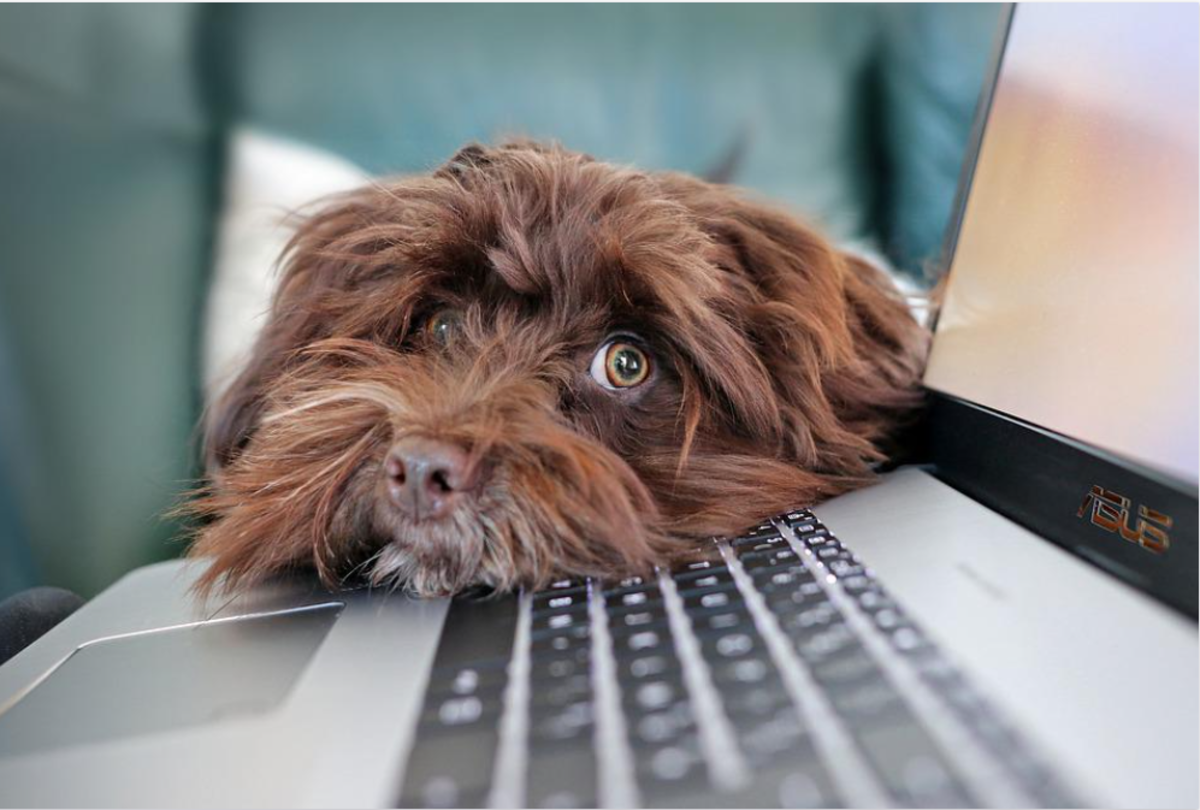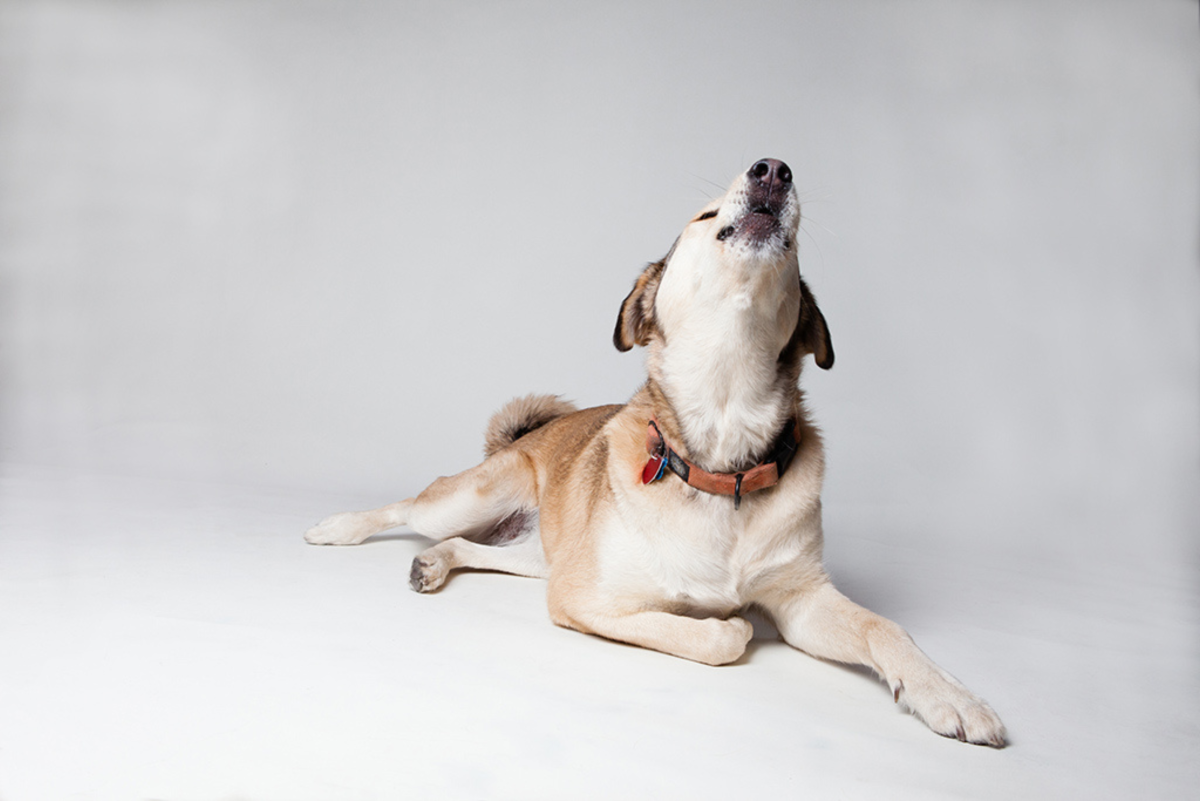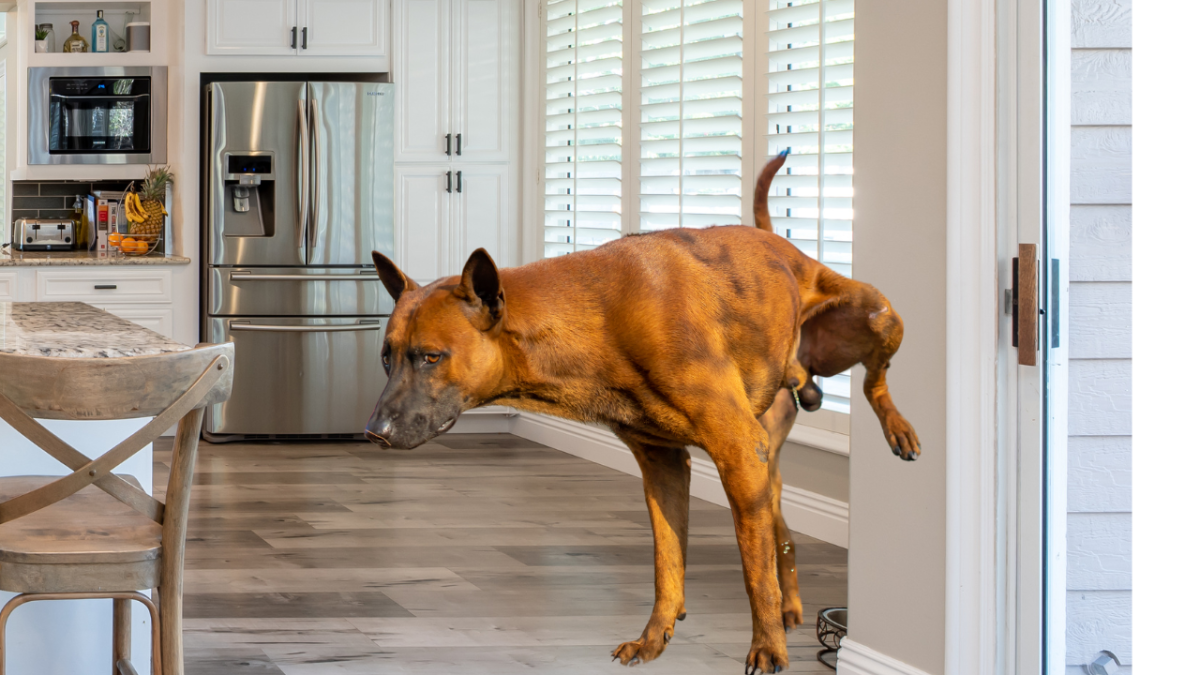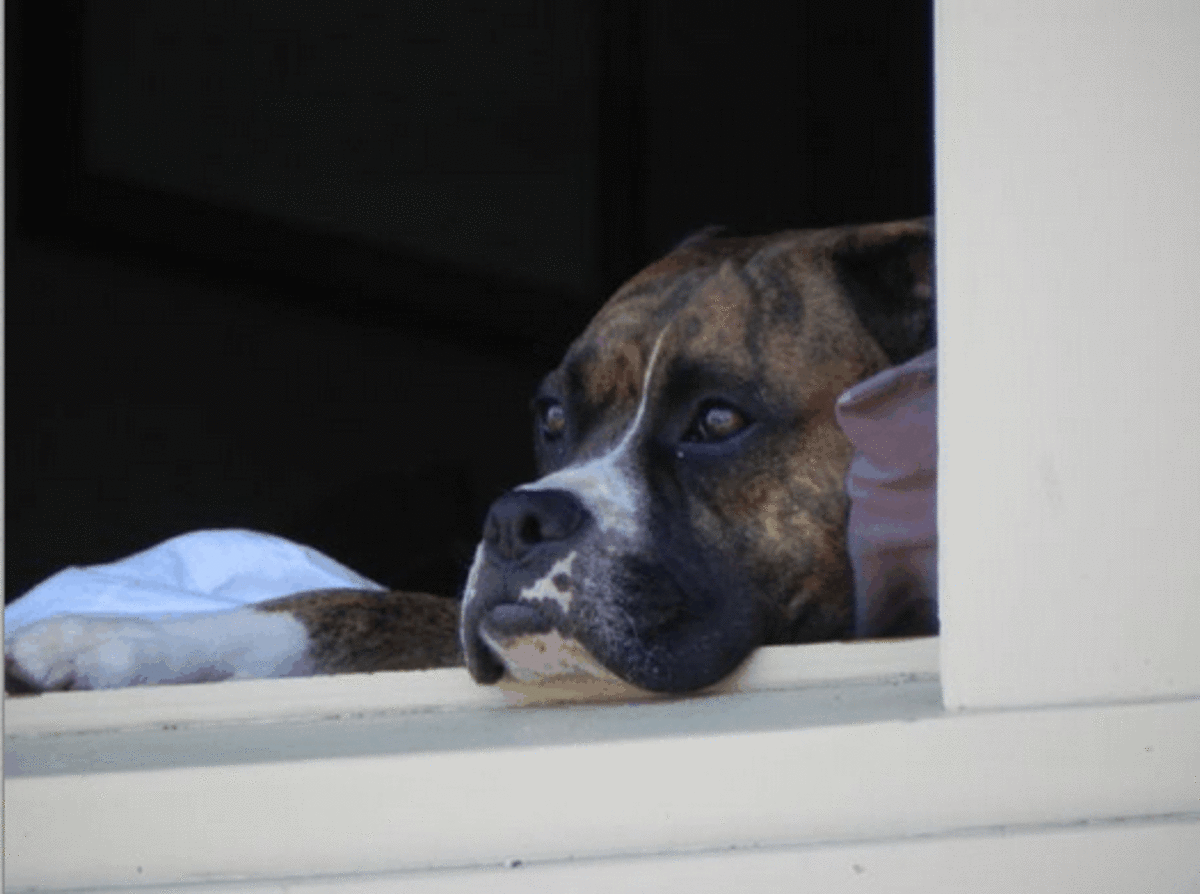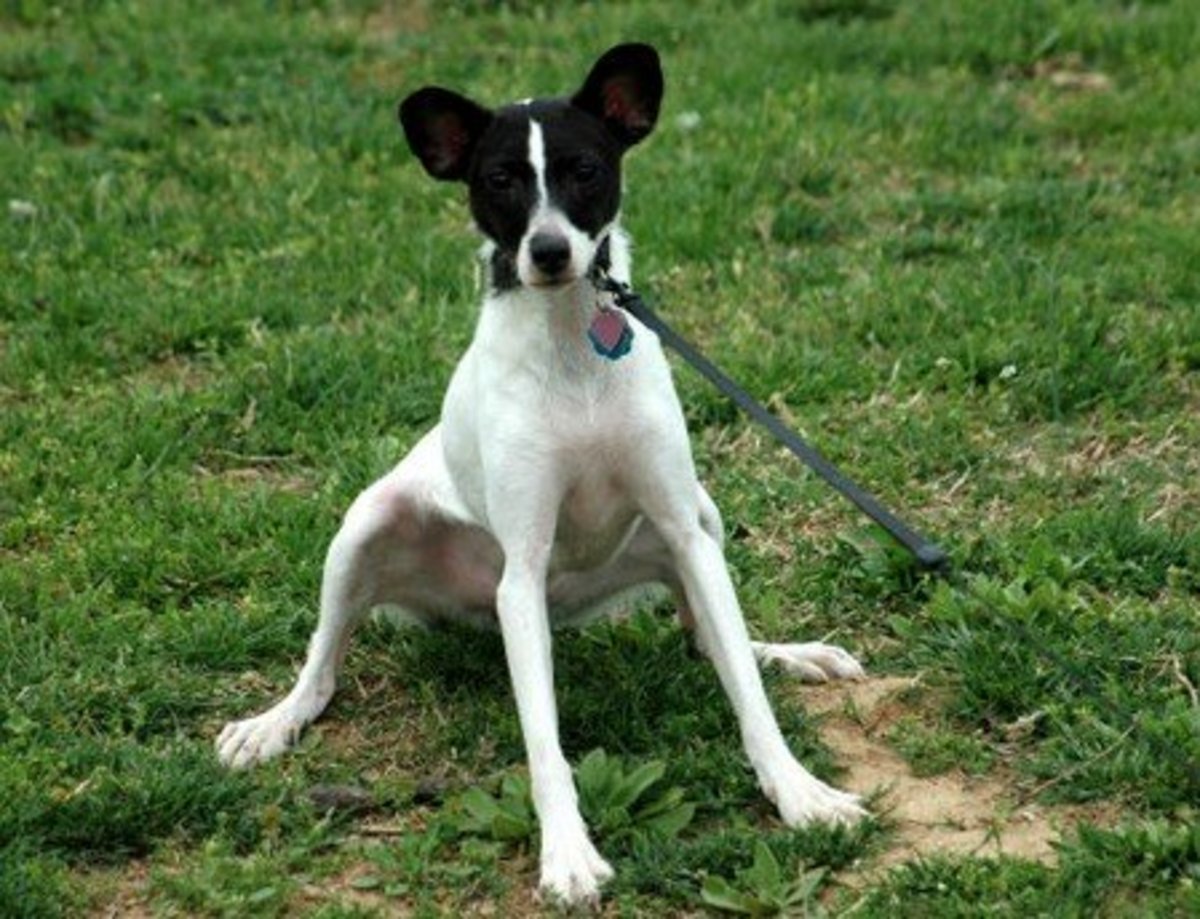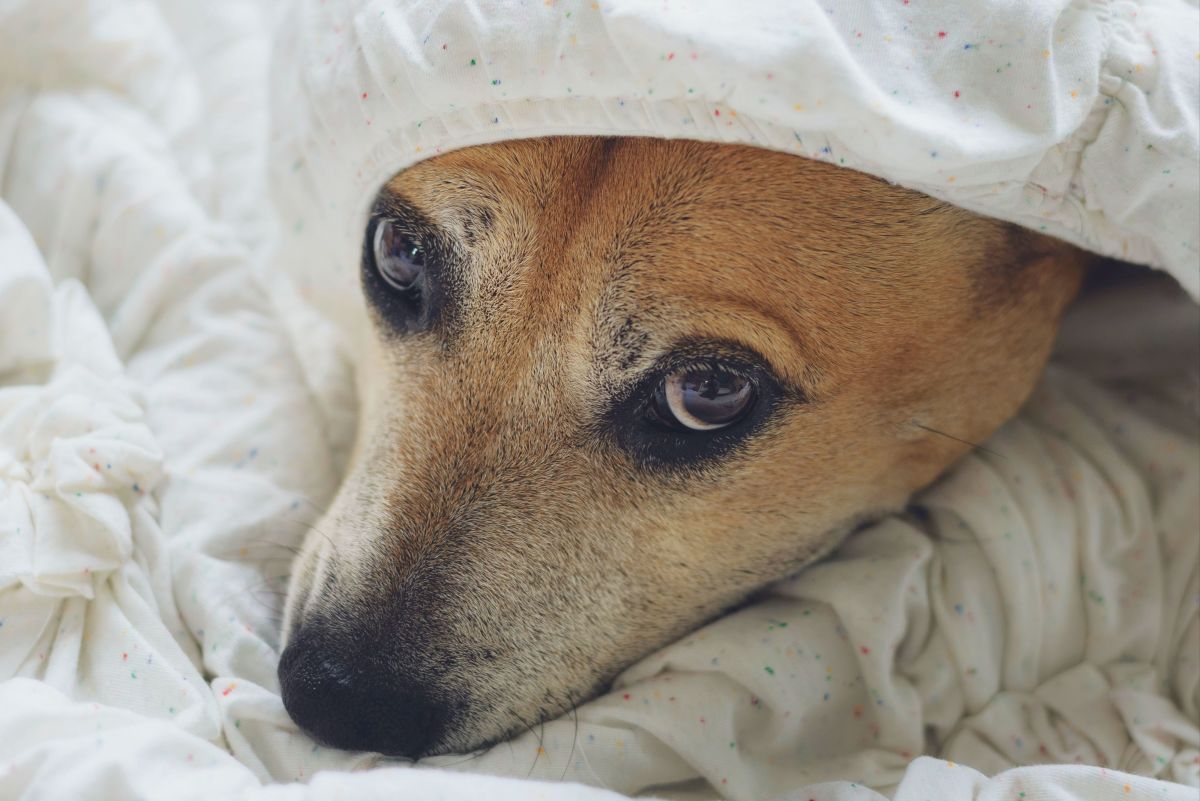- HubPages»
- Pets and Animals»
- Dogs & Dog Breeds»
- Dog Behavior
What is Separation Anxiety In Dogs and How To Manage It
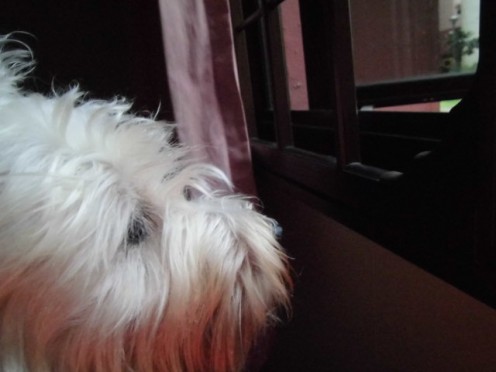
Do you find your slippers in tatters by the time you come home? Your pet could be experiencing separation anxiety.
You'll probably want to know why your dog destroys everything whenever you're not at home. More importantly, you'll want to know how to help it so that you won't lose another pair of slippers.
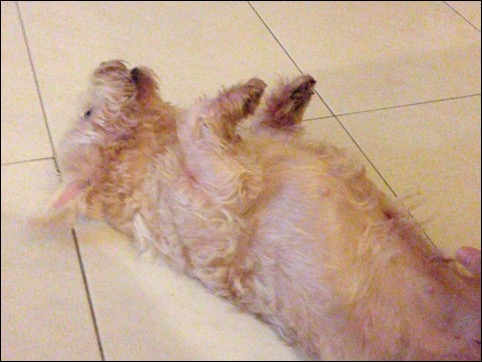
What is Separation Anxiety in Dogs
A dog develops separation anxiety when it's apart from its owners or caregivers. If it is extreme, the dog may try to escape from its home. The condition may result in destruction, especially at exit points like doors or windows. The dog may injure itself while trying to get out of them.

Causes of Separation Anxiety
No evidence points to why dogs develop separation anxiety. However, some dogs have the propensity for it. Here are the reasons it may affect your pet.
1. Separation anxiety triggers
a. Loss of pack members
Dogs are pack animals. Notably, more rescue dogs have this problem than those kept by families since puppyhood. A drastic shift in circumstances or a loss of pack members can lead to separation anxiety.
2. Change of guardian
Being given to a new family can lead to separation anxiety. The dog probably needs time to adjust to different circumstances. Shifts in household membership because of divorce or a death in the family may also lead to the condition.
3. Changes in schedule
Changes in a family's routine can affect a dog. Taking on a job that requires you to lengthen the time your pet is left alone can trigger separation anxiety.
4. Changes in residence
Moving to a new home may mean that your pet will no longer meet up with its friends. It may develop separation anxiety.
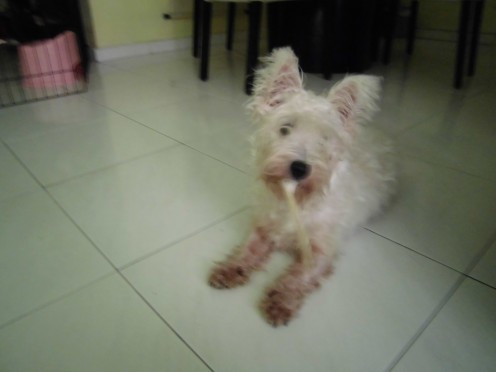
The Difference Between Boredom and Separation Anxiety
Separation anxiety doesn't explain all the abnormal behavior your pet displays. So, is your pet experiencing it, or is it just feeling bored?
It can be difficult to tell the difference between boredom and separation anxiety because their signs are similar. Here's how to spot the difference.
1. Boredom
Humans feel bored because of a lack of stimulation, as do pets. Walking the same route and eating the same food every day is mundane.
Your pet needs a change of routine, and will probably entertain itself if there isn't any. It may chew or bark to occupy itself. Taking it to explore new places or trips to dog runs usually solves the problem.
2. Separation Anxiety
A dog experiencing separation anxiety, however, shows more extreme behaviors. Overcoming the insecurity of being apart from a favorite pack member can be challenging.
Some of these behaviors are learned. You may greet your pet as excitedly as it does when you come home; this will cause it to jump and bark. Consequently, it will yearn for you when you leave your home.
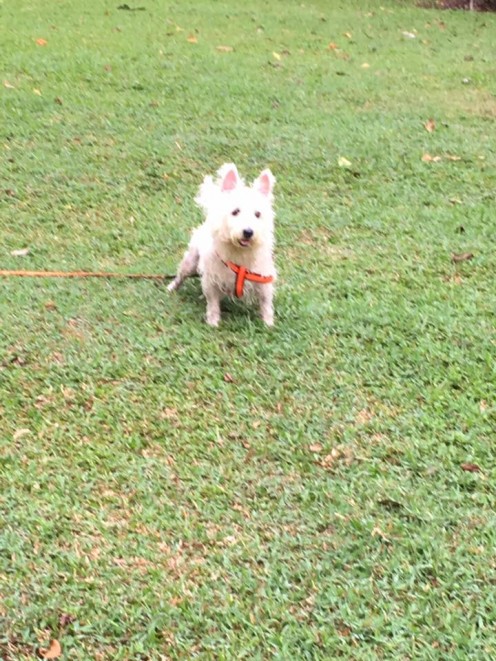
Signs of Separation Anxiety
A bored dog typically exhibits misbehavior like chewing, digging or barking. However, one experiencing separation anxiety will have more extreme responses than these. Here are some of them.
1. Potty Training Accidents
First of all, you'll notice your pet peeing and pooping in the wrong places when you're not at home. Anxiety floods the body with stress hormones that put pressure on the bladder. Your pet may not be able to control itself despite being housetrained.
2. Too Much Excitement
Our pets are always excited to see us when we come home. However, yours may have separation anxiety if it cannot control itself. They may not calm down for up to 30 minutes after you arrive. It may have been so depressed the whole day that your return is a huge relief.
3. Destructive behavior
There's nothing more aggravating than coming home after a long work day to find your favorite house slippers destroyed. If your pet has separation anxiety, it won't just chew your slippers; it may even chew through your drywall. Your furry friend may also ruin your whole garden to alleviate its fears. The destruction can be extreme.
4. Excessive barking or howling
Do your neighbors visit you frequently with complaints about your dog's constant barking? If more than one neighbor raises an outcry, there is cause for concern.
A dog has a case of severe anxiety if it barks all the time. If you're at work during the day, use a webcam to track its movements and find out how much hit barks.
5. Distress when leaving
Is your pet visibly upset when you leave your home? Does it pant, pace, whine or bark? Your pet has separation anxiety if it becomes upset as soon as you try to leave your home.
6. Escaping from a crate or a confined space
Do you come home to find that your pet has escaped from its crate? Does it pull the metal bars of its cage apart with its teeth? If your pet has cuts on its body as a result of its efforts, it has separation anxiety.
Perhaps your pet leaves unnoticeable marks on the bars or moves the crate ever so slightly across the room. These are less visible signs of escape.
How to Cure Separation Anxiety in Dogs And Puppies
Managing Separation Anxiety
Dealing with destruction and mess is stressful. The good news is that you can help your anxious pet.
1. Change your signals regularly
First, make regular changes to your going~away signals. If you live in a house, leave by different doors. Go out at different times. Remember to distract your pet with a toy.
2. Don't fuss when greeting
All pets are excited to see their owners when they come home. However, giving in to your pet's excitement reinforces your dog's fear of your absence. Don't show affection to it until it has calmed down.
3. Exercise your pet
Walk your pet a few minutes before work. It will be too tired to notice that you have left.
4. Train your dog to be alone
Prepare your pet for the times it will be alone. Leave it in one part of the house while you go somewhere else. Start with five-minute intervals and increase them as you go.
5. Create Personal Space
Some owners love to cuddle up with their pets. That's understandable because they offer warmth and comfort. However, your pet needs to enjoy its space and be independent. Give it a crate or dog bed that it can call its own.
6. Leave comfort items
Dogs feel reassured by their owners' scents. Leave an old shirt for yours to chew on when you leave your home. Put on some background music for your pet as well.
7. Don't leave your dog for too long
Don't spend too much time away from your pet if it has separation anxiety. Put on soft music for it before you leave your home: it will know that you will return.
In all, separation anxiety is troubling but manageable. It takes patience and effort.

